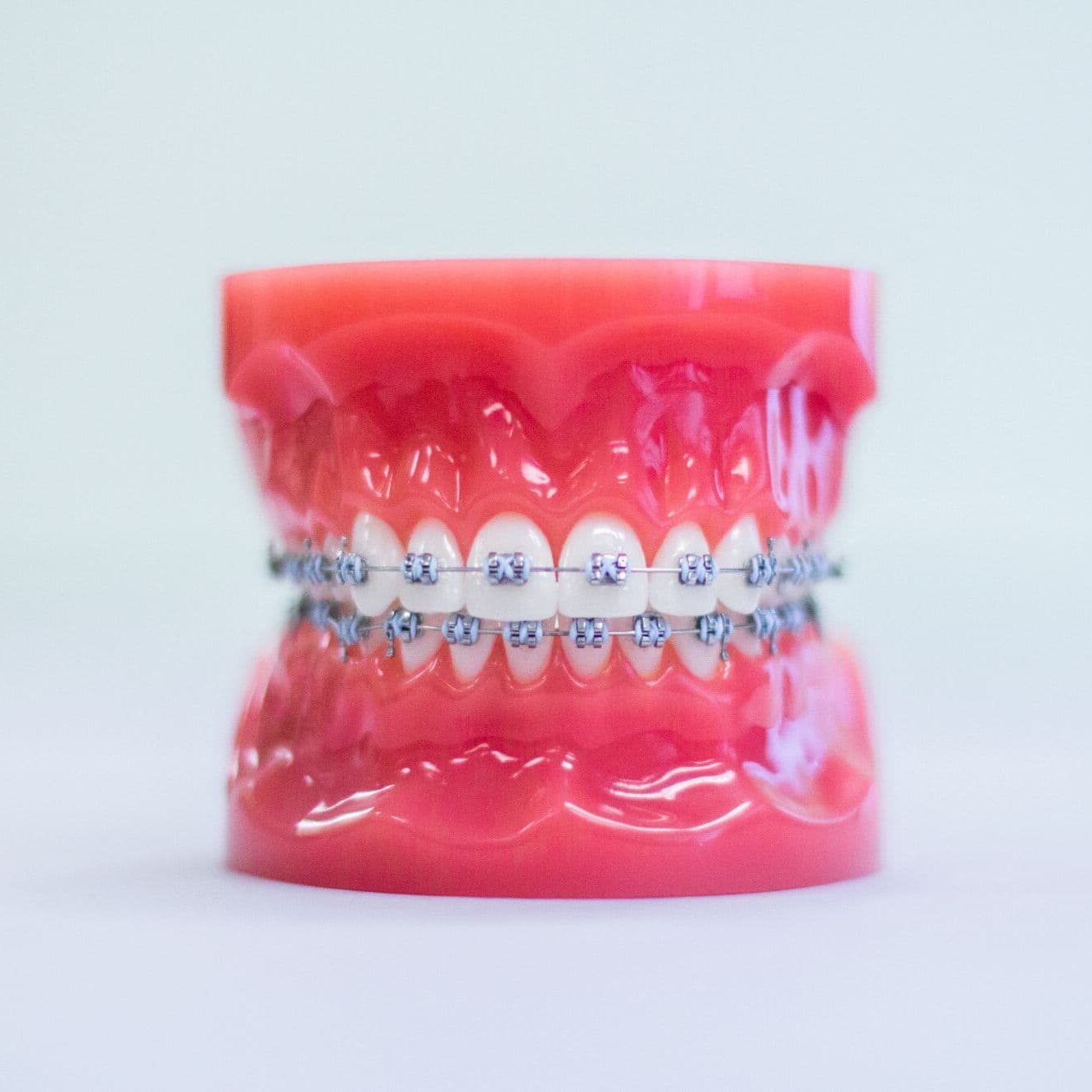Transform Your Smile the Time-Tested Way
Experience the reliability and durability of metal braces from Bennett Orthodontics. Dr. Bennett specializes in crafting smiles that not only look great but also boost your confidence.
It's about more than aligning teeth — it's about creating a smile that truly shows who you are.

The Classic Choice
Metal braces have been a go-to choice for straightening teeth for years. Made of durable stainless steel, they work hard to get your teeth in the right place. Whether you need to fix crowded teeth, gaps, or bites that don't line up, metal braces can handle it all.
Dr. Bennett at Bennett Orthodontics makes sure you get a plan that fits you perfectly. Wearing metal braces means you're picking a simple, reliable, and effective way to get a great smile. It's a choice that has helped lots of people smile with confidence.
Today's Metal Braces Are
Better than the Past

Timeless Solution, Modern Benefits
Explore the new era of metal braces at Bennett Orthodontics. These modern braces bring a blend of efficiency, style, and reliability to your orthodontic journey.
Let's explore the benefits that make our metal braces a preferred choice.
Comfort Meets Style
Metal braces have evolved significantly, offering a blend of comfort and style without compromising effectiveness. Dr. Bennett ensures that each set of braces is not just a path to a beautiful smile, but also a comfortable journey.
Customizable Bands
Add a pop of color to your smile with customizable bands. They're not just fun for kids but also a cool expression for adults. Choose your favorite colors or even match them with your outfit, mood, or special occasion!
Streamlined Design
Gone are the days of bulky braces. Modern metal braces are sleeker and less obtrusive, making them more comfortable to wear. Their streamlined design reduces irritation and makes them easier to clean.
Durable & Dependable
Built to last, these braces can withstand the demands of daily life so you can expect consistent progress towards your perfect smile. Their robust construction means fewer emergency visits and more peace of mind.
Effective for Complex Cases
For challenging dental alignments, trust metal braces for their precision and reliability. Dr. Bennett and our team expertly handle even the most complex cases with care.
Components & Functionality
Dr. Bennett and our team at Bennett Orthodontics use several internal parts in metal braces, each playing a crucial role in getting you the straighter, healthier smile you deserve. Let's explore these components and their functions:
Brackets
Dr. Bennett bonds small brackets, typically made of metal, directly to each tooth. These brackets serve as stable anchors for your braces system, holding the archwire in place and translating its pressure to move your teeth.
Archwire
The archwire is your MVP (most valuable part) in straightening your smile. This thin, strong metal wire runs through each of your brackets to exert controlled pressure on your teeth.
Dr. Glass adjusts your archwire periodically to guide your teeth into their correct positions. As the wire tries to return to its original shape, it gently moves your teeth along with it.
Bands
Dr. Bennett fits metal bands around your back molars and sometimes your front teeth. These bands provide additional support and anchorage for your braces, which is crucial for treatments that require significant tooth movement.
Elastics (Rubber Bands)
Dr. Bennett uses elastics, or small bands, for bite correction when needed. These bands attach to hooks on your brackets, applying directional pressure to align your upper and lower teeth properly.
Spacers
Dr. Bennett inserts spacers, typically small rings, between teeth as temporary devices. These spacers create necessary space for comfortably placing bands around your molars.

Metal Braces FAQs

Ready for a Smile Makeover?
Your journey to a confident, radiant smile begins at Bennett Orthodontics. Dr. Bennett and our team are eager to guide you through every step of your braces journey.
Ready to transform your smile with metal braces? Contact us today to schedule your consultation and take your first step towards the smile you've always dreamed of.